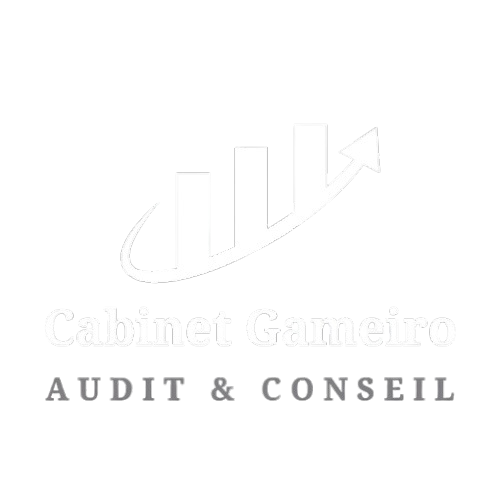In a constantly evolving economic and regulatory environment, businesses face a multitude of risks: financial, operational, technological, and strategic. A well-structured risk management framework is essential to anticipate these threats, reduce their impact, and ensure the sustainability of operations. In this article, we explore how to implement an effective and tailored risk management framework for your organization.
Why is a Risk Management Framework Essential?
Risk management allows you to:
- Protect the company’s assets: Minimize financial and material losses.
- Ensure regulatory compliance: Meet the requirements of current laws and standards.
- Improve decision-making: Identify opportunities while minimizing threats.
- Enhance resilience: Prepare your business to overcome crises and uncertainties.
Key Steps to Implement a Risk Management Framework
Identify Risks
- Internal Analysis: Evaluate your processes, technologies, and human resources to detect potential weaknesses.
- External Analysis: Consider market developments, new regulations, and economic trends.
- Risk Mapping: Categorize identified risks (financial, operational, strategic, etc.).
Assess and Prioritize Risks
- Measure the likelihood of each risk occurring.
- Evaluate their potential impact on your activities (financial, operational, reputational).
- Use a risk matrix to prioritize actions.
Define a Risk Management Strategy
- Avoid: Eliminate high-risk activities or practices.
- Reduce: Implement controls and processes to limit the impact.
- Transfer: Use insurance or partnerships to share the risk.
- Accept: Tolerate minor risks while monitoring them.
Establish Policies and Procedures
- Develop clear action plans for each category of risk.
- Implement protocols for detecting, managing, and resolving incidents.
- Document your policies to ensure consistent communication and application.
Monitor and Revise the Framework Regularly
- Conduct regular internal audits to identify new risks.
- Analyze feedback after an incident occurs.
- Adapt strategies and processes based on internal and external developments.
Tools for Effective Risk Management
Technologies and Solutions
- Risk management software: To centralize risk monitoring, analysis, and documentation.
- Dashboards: For real-time tracking of key indicators.
- Monitoring tools: To stay informed about emerging threats such as cyberattacks or regulatory changes.
Dedicated Team
- Create a team or appoint a risk management officer.
- Ensure they receive continuous training on best practices and industry developments.
Mistakes to Avoid
- Underestimating risks: Poor assessment can lead to costly decisions.
- Limiting focus to obvious risks: Emerging threats like technological or environmental risks are often overlooked.
- Lack of communication: All members of the organization must understand their role in risk management.
The Benefits of a Solid Risk Management Framework
- Sustainability: Your business is better equipped to face crises.
- Performance optimization: Proactive management reduces operational disruptions.
- Increased trust: Clients, partners, and investors are reassured by a well-prepared organization.
Implementing a solid risk management framework is not optional but necessary for modern businesses. By anticipating threats and adapting your strategies, you secure your assets, improve efficiency, and strengthen the confidence of your stakeholders.
👉 Need professional support to structure your risk management framework? Cabinet Gameiro is here to guide you through every step. Contact us today to learn more!
